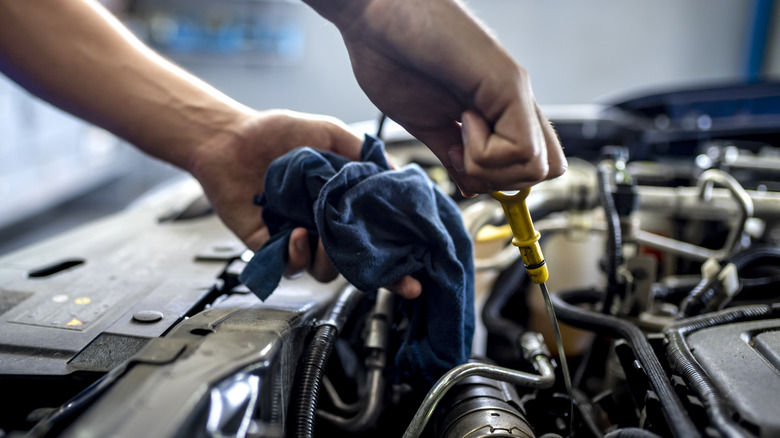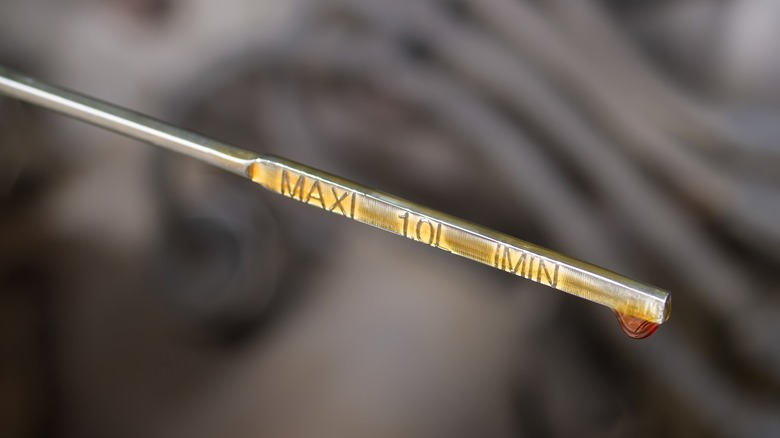Should Your Engine Be Hot Or Cold When You Check Oil Levels?
Internal combustion engines need the correct oil level to run harmoniously. Too much or too little oil could harm engine longevity and performance. For instance, continuously driving with an engine low on oil will increase friction and heat, leading to premature wear and tear of vital internal parts. An illuminated oil pressure warning light and decreased performance are signs of an engine running low on oil.
On the other hand, driving with too much oil is also bad news for your car's engine. Overfilling with oil will increase the pressure on the crankshaft, leading to many problems. The excess oil could enter the combustion chamber and the exhaust manifold. If left unchecked, it could clog the engine, flood the spark plugs, and cause irreversible (and expensive) damage.
In the same manner that skipping an oil change could harm your engine, it's essential to monitor the oil level consistently, preferably whenever you fill up with gas or before embarking on a road trip. But then again, when is the best time to check your car's oil level? Should you do it when the engine is hot or cold?
When is the best time to check your engine's oil level?
The best times to check your engine oil level are when the engine is cold (preferably before starting it in the morning) or five to 10 minutes after shutting down the motor. It's a good idea to check the oil level when the engine is cold since all the oil is in the oil pan after sitting for many hours, helping you accurately measure the oil using the dipstick.
Meanwhile, you could also check the oil level of a hot engine, but you should wait a few minutes for the oil to drain and settle into the oil pan. When checking the oil level, the amount of oil should be between the L (LOW) and F (Full) markings on the end of the dipstick. If the engine is low on oil, open the oil cap, add fresh motor oil, reinsert the dipstick, and pull it out again to see the updated oil level.
If the engine has too much oil, drain it immediately and refill it with the correct oil level. Note that small cars and crossovers with three-cylinder engines need about three liters (1.05 quarts) of oil, while vehicles with four or six-cylinder engines need 4.5 and 5.5 liters. Furthermore, cars with larger V8 motors typically need around 7.5 to eight liters of oil.

